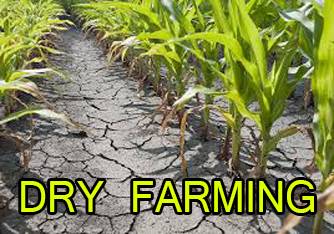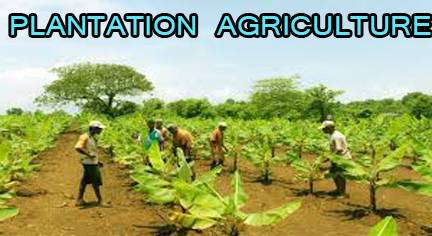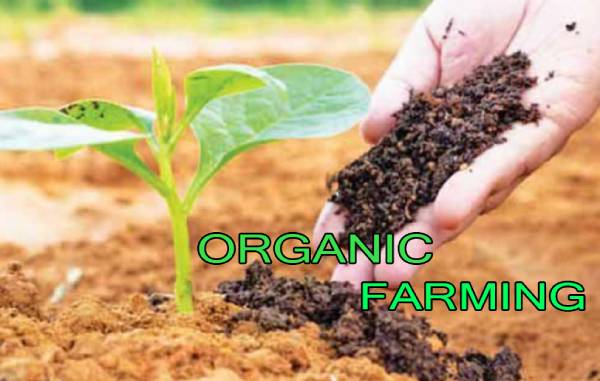1.DRY FARMING

Dry land farming occupies 68% of the agricultural area of India and serves 40 percent of the human population and 60 percent of the livestock population. It generates 44 percent of the food requirements, thus playing a critical role in the food security of India and will continue to do so. However, monsoon rainfall’s irregular behaviour results in recurrent droughts that affect poor farmers’ wealth. Low c is caused by eroded and deteriorated soils with low water holding capacity and numerous nutrient deficiencies, decreasing groundwater table, etc.
2.IRRIGATED FARMING

Wet Farming is done in alluvial soil areas where the average annual rainfall is more than 200 cm.Here, more than one crop is grown every year because there is enough moisture in the soil. Rice and jute are the main crops of this form of farming.
West Bengal, Assam, Nagaland, Meghalaya, Tripura, Manipur , Mizoram and Malabar Coast fall under this category of farming.
3.WET FARMING

Wet Farming is done in alluvial soil areas where the average annual rainfall is more than 200 cm.Here, more than one corp is grown every year because there is enough moisture in the soil. Rice and jute are the main crops of this form of farming. West Bengal, Assam, Nagaland, Meghalaya, Tripura, Manipur , Mizoram and Malabar Coast fall under this category of farming.
4.SUBSISTENCE FARMING

Most farmers in India practice subsistence farming. This means farming for the sake of own use. In other words, the production as a whole is primarily consumed by the farmers and their families and their families. Do not have any surplus to offer on the market. Landholdings are small and scattered in this form of farming. Cultivation methods are simple and primitive. In other words, there is a complete shortage of modern machinery such as tractors and agricultural inputs such as chemical fertilizers , insecticides and pesticides.
5.PLANTATION AGRICULTURE

It’s an estate where a single cash crop is cultivated for sale. This form of agriculture includes the cultivation and processing of a single cash crop solely intended for sale. Tea, coffee, rubber, bananas and spices are all examples of planting crops. Most of these crops were introduced in India by the British in the 19th century.
6.COMMERCIAL FARMING

Commercial farming is just the opposite of subsistence farming. In that case, much of the goods are sold on the market to make money. In the method, Farmers use inputs such as irrigation, chemical fertilisers, insecticides, pesticides and high yield seed varieties, etc. Some of the major commercial crops grown in different parts of India are cotton, jute, cane, groundnut, etc. Rice farming in Harayana is mainly for commercial purposes, as the population of this region is
primarily wheat eaters.
7.ORGANIC FARMING

Food quality and protection are two critical considerations that have attracted everincreasing attention from customers in general. Conventionally produced food has enormous adverse health consequences due to the presence of higher pesticide residues, higher nitrate levels, heavy
metals, hormones, antibiotic residues and even genetically modified organisms. In addition, conventionally grown foods are less nutritious and have less protective antioxidants. In the quest for healthy food, demand for organically grown food has increased over the last decades due to their likely health benefits andfood safety issues.
Organic food production is characterised as cultivation without the use of chemical fertilisers And synthetic pesticides or genetically modified organisms, growth hormones and antibiotics. The popularity of organically grown food is growing day by day due to its nutritious and health benefits.Organic farming also protects the environment and has a higher socio-economic effect on the country. India is a country with indigenous skills and potential for growth in organic farming. While India was far behind in adopting organic farming for a variety of reasons, it has now
achieved rapid growth in organic farming and is now one of the largest organic producers in the world.
